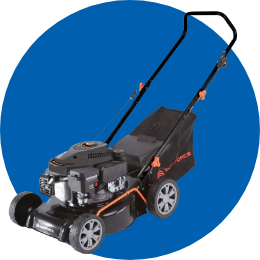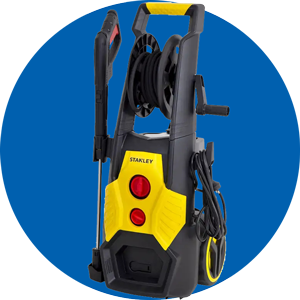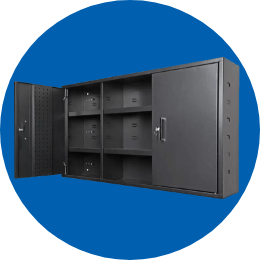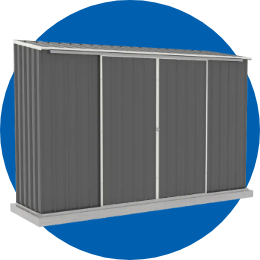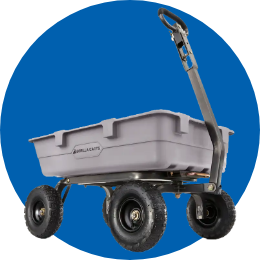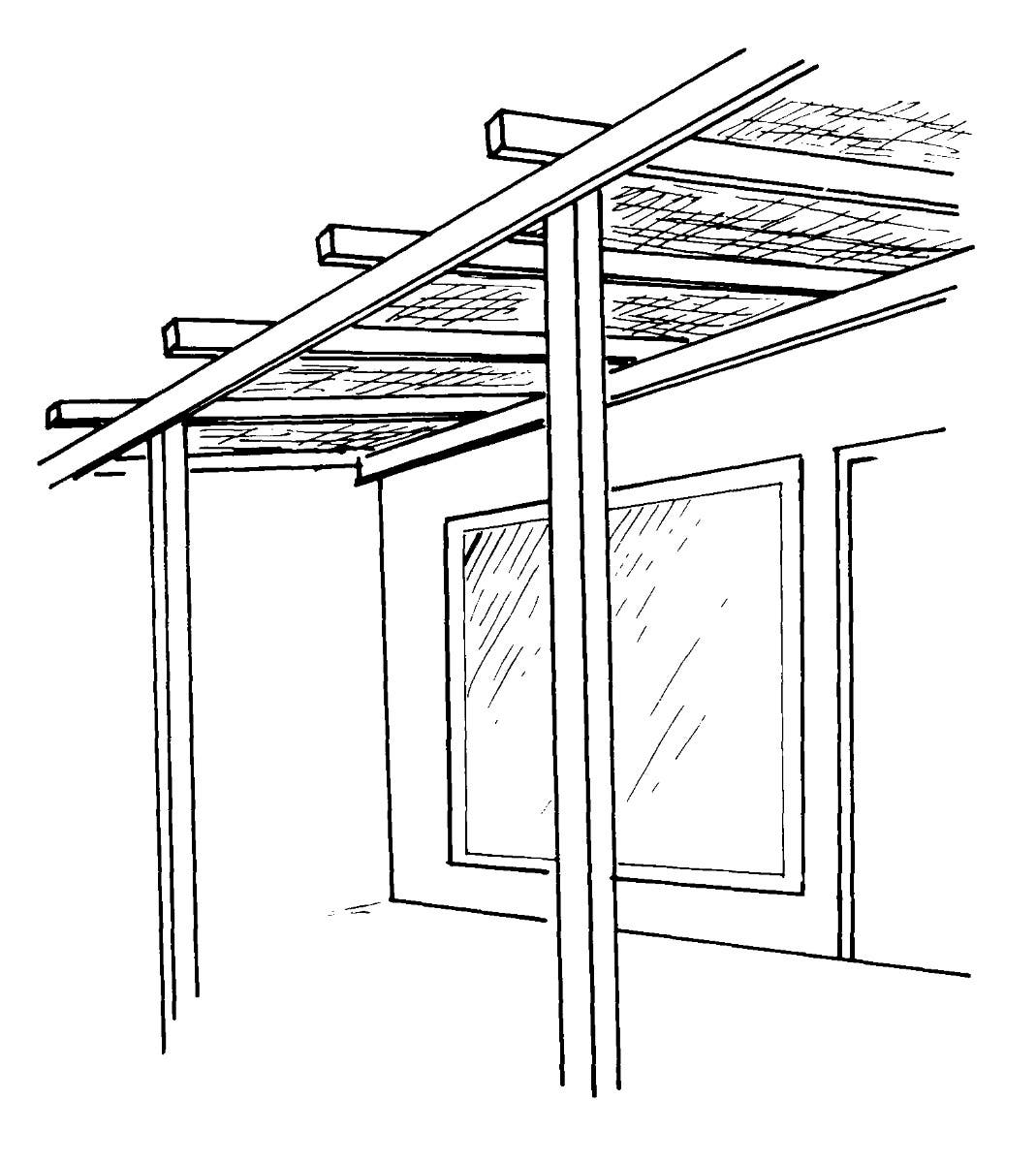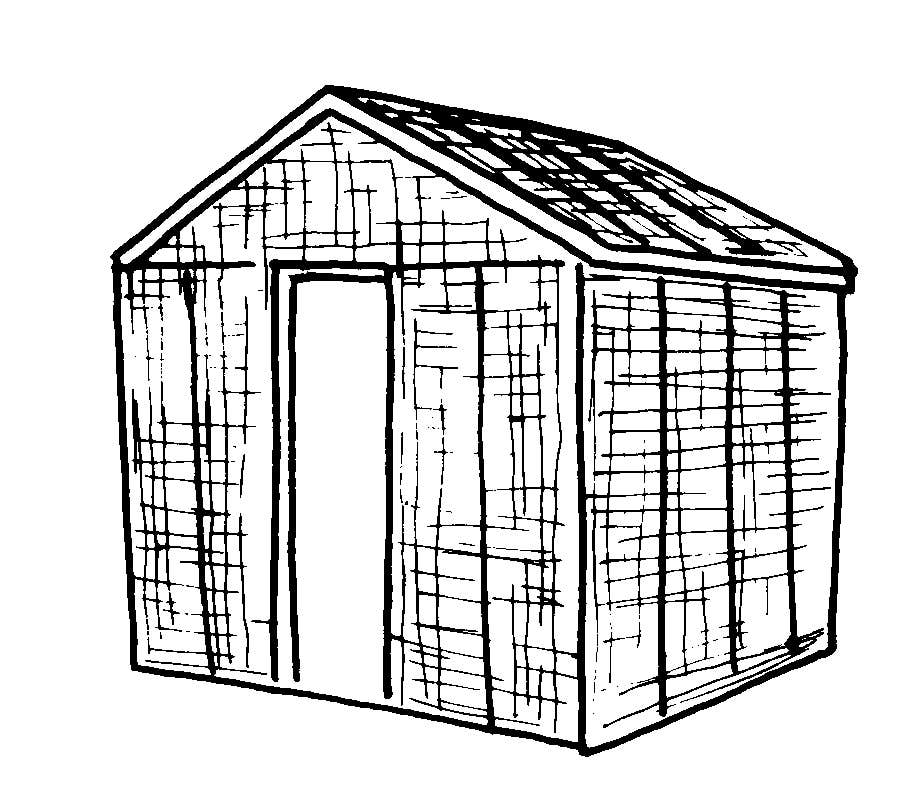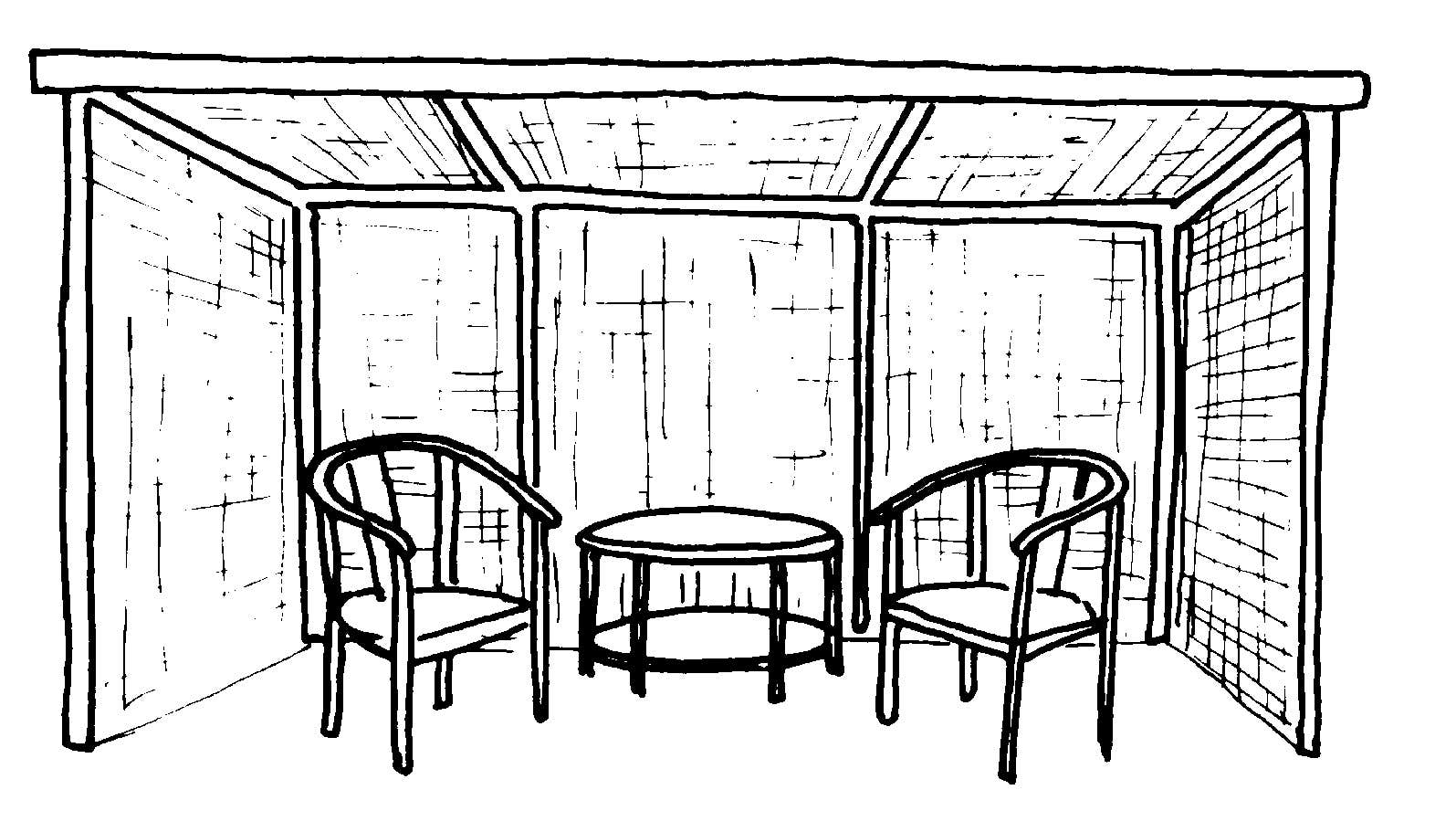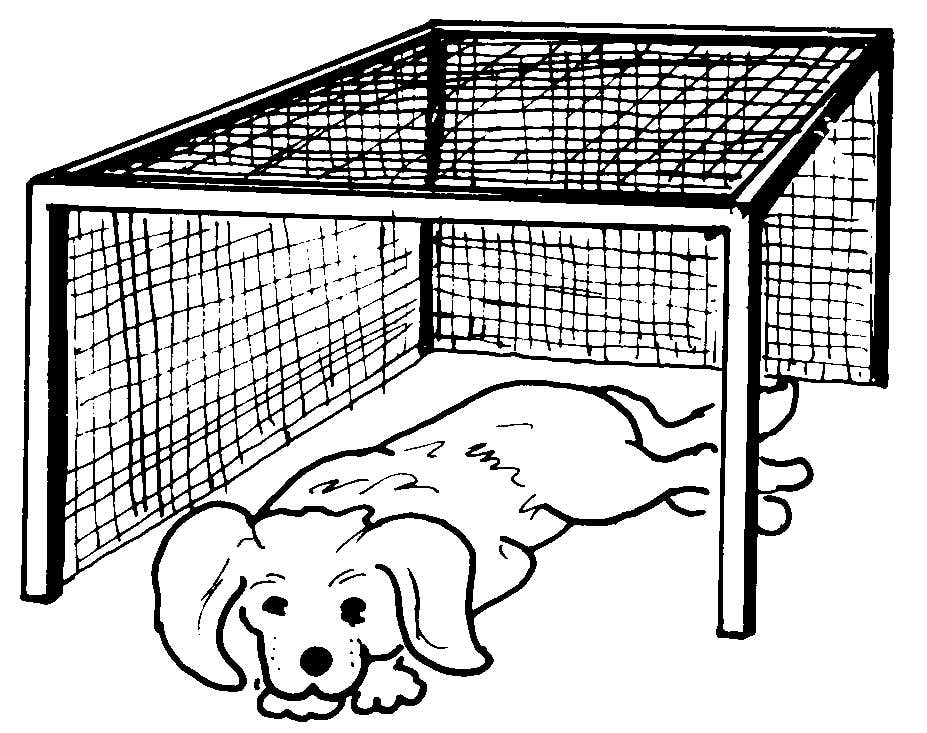- 13 January 2024
Shade cloth ideas for outdoor areas and fixing methods
Shade cloth installation methods and ideas to enhance your outdoor area
Adding a shade cloth to your home garden helps create an ideal outdoor living solution. Perfect for screening out intense sunlight while allowing diffused light to pass through, a shade cloth can turn any outdoor structure into a cool, shaded oasis.
Your Materials Checklist
- Shade cloth knitted or woven in 1830mm or 3660mm widths
- Timber Studs for wider timber
- Timber Fasteners for softer timbers and narrow beams
- Butterfly Clips for timber & metal frames, wire fences
- Tie Wraps for metal posts, steel pipes
- Lacing Cord for use with lacing needle for timber or metal frames, steel posts
- Eyelets for wire fixing
Step 1: Choosing your shade cloth
Shade cloth is a tough, durable fabric made specifically to withstand the harsh Australian sun and prolonged exposure to weather extremes. When it comes to enhancing your outdoor space, choosing the right shade cloth is crucial. Here are some options to consider:
Knitted Shade Cloth
Knitted shade cloth is particularly ideal as it is a versatile, resilient choice for a variety of outdoor settings. It's particularly known for its unique knitting pattern that lends both strength and flexibility. Creatively applying knitted shadecloth is bound to enhance your outdoor living areas and its strength and long life will save you money in the long run. Today you also have a bigger choice of lifestyle fashion colours. In the past, Green or Black was all that was available. Now Sandstone, Grey, Sea Green, Eucalypt, Wheat, Heritage Green, Rustic, Sage green/beige and midnight green/champagne are available, allowing you complete freedom of expression to match your outdoor colour schemes.
- Benefits: Resistant to tearing and fraying, easy to install, and lasts longer (up to 15-20 years).
- Usage: Perfect for general garden shading, pergolas, and protecting plants.
Woven Shade Cloth
Woven shade cloth features a tightly interlaced design, offering a more uniform and dense shade coverage.
- Benefits: Great for areas requiring denser shade, such as nurseries or specific plant types.
- Usage: Suited for more controlled shading applications.
High-Density Polyethylene (HDPE) Shade Cloth
Made from robust HDPE material, this shade cloth combines lightness and strength in a unique way.
- Benefits: UV-resistant, durable, and often come in various colours and densities.
- Usage: Ideal for both residential and commercial outdoor areas.
Aluminet Shade Cloth
Aluminet shade cloth stands out with its reflective properties, designed to effectively deflect heat.
- Benefits: Helps to cool down the area beneath, reflecting unwanted heat and light.
- Usage: Best for regions with intense sunlight and heat.
Step 2: Determining the shade density
You must also consider the density of shadecloth you choose. Shadecloth comes in a range of sun filtering densities to suit different climatic conditions and applications. The most common, accurate U.V. factors are 50%, 70% and now 90%.
The most popular with homeowners is 70% U.V. factor for covering Pergolas, Gazebos and Ferneries. The 90% is purposely designed for people protection to block the sun’s harmful U.V. rays and can be used just about anywhere for just about any application (Fig. 1).
Fig. 1
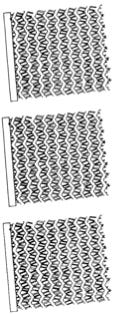

Step 3: Shade cloth installation
How to fix shade cloth on timber structures
For timber pergolas, gazebos, ferneries and shade houses, roll out the shadecloth across your structure, and loosely pull it into position, leaving about 300mm overhang all around. Knitted fabric can be attached directly onto the frame.
Fix one of the longer edges first, or the edge closest to your house. Start at one end, applying medium tension as you move along. Attach to the timber by driving shadecloth timber studs, or for narrow beams, timber fasteners (Fig. 2).
Fix the shadecloth in from the edge of each beam or post with fasteners every 300-600mm. Studs or fasteners should be driven in 5mm from the edge of the fabric. Make sure the knitted lines in the shadecloth are straight. Now fasten one of the shorter edges, then another long edge, and finish by fixing the remaining short edge (Fig. 2a).
Fix to any middle or intermediate supports last. Now, neatly trim off all edges using scissors or shadecloth cutter. An alternative method is to use butterfly clips. Open the clips and insert the edge of the fabric into the clips fully, then close them (Fig. 3).
Attach the clips to the timber by driving a nail through the top hole of each clip into the frame.
Fig. 2
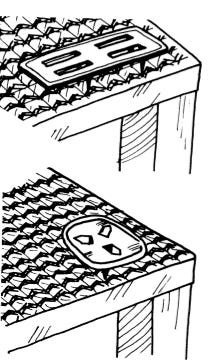

Fig. 2a
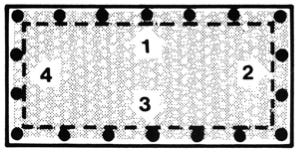

Fig. 3
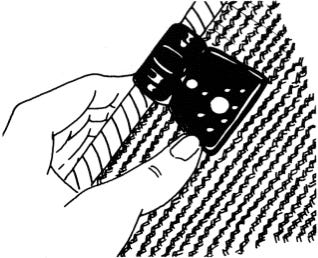

How to fix shade cloth on metal frames
There are several methods you could use, with special shadecloth butterfly clips probably the easiest.
First, cut your fabric to fit within the frame.
Then attach your butterfly clips every 500mm apart as for timber frames (Fig. 3).
hread wire, cable or rope through the opening in the clip hinge, and lace on to the framework using lacing cord and curved lacing needle designed not to damage the fabric. (Fig. 4). You can also wire the fabric onto the frame. In this case, if using knitted shadecloth, allow for the edge of the fabric to be doubled over all around when cutting for extra strength.
Then wire directly to the framework (Fig. 5). Another method is to insert eyelets every 30mm apart and lace it onto the frame with lacing needle and lacing cord (Fig. 6).
For metal posts, heavy cable or steel pipe frames, special tie wraps are available to make the job quick and easy (Fig. 7).
Fig. 4
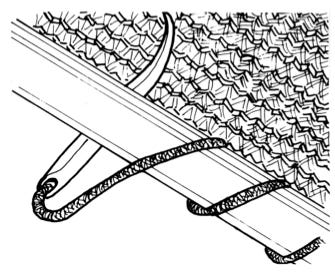

Fig. 5
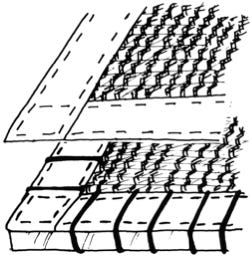

Fig. 6
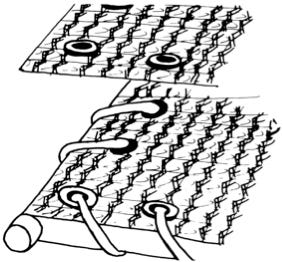

Fig. 7
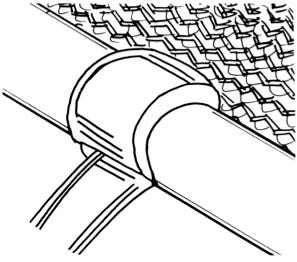

Shade cloth ideas
Transform your backyard into a refreshing retreat with shade cloth. Imagine relaxing in a shaded cabana by the pool or hosting friends in a cool, sheltered entertainment area. Shadecloth can turn a sun-drenched courtyard into a comfortable nook or create a protective canopy for your flowers and plants.
The possibilities with shade cloth extend beyond just comfort. Use it to create shaded areas for cars and boats, protect aviaries and pets from the sun, or screen off unsightly sheds and refuse spots. It's also great as a windbreak for small trees or as a side cover for tennis courts and carports.
Back Fence
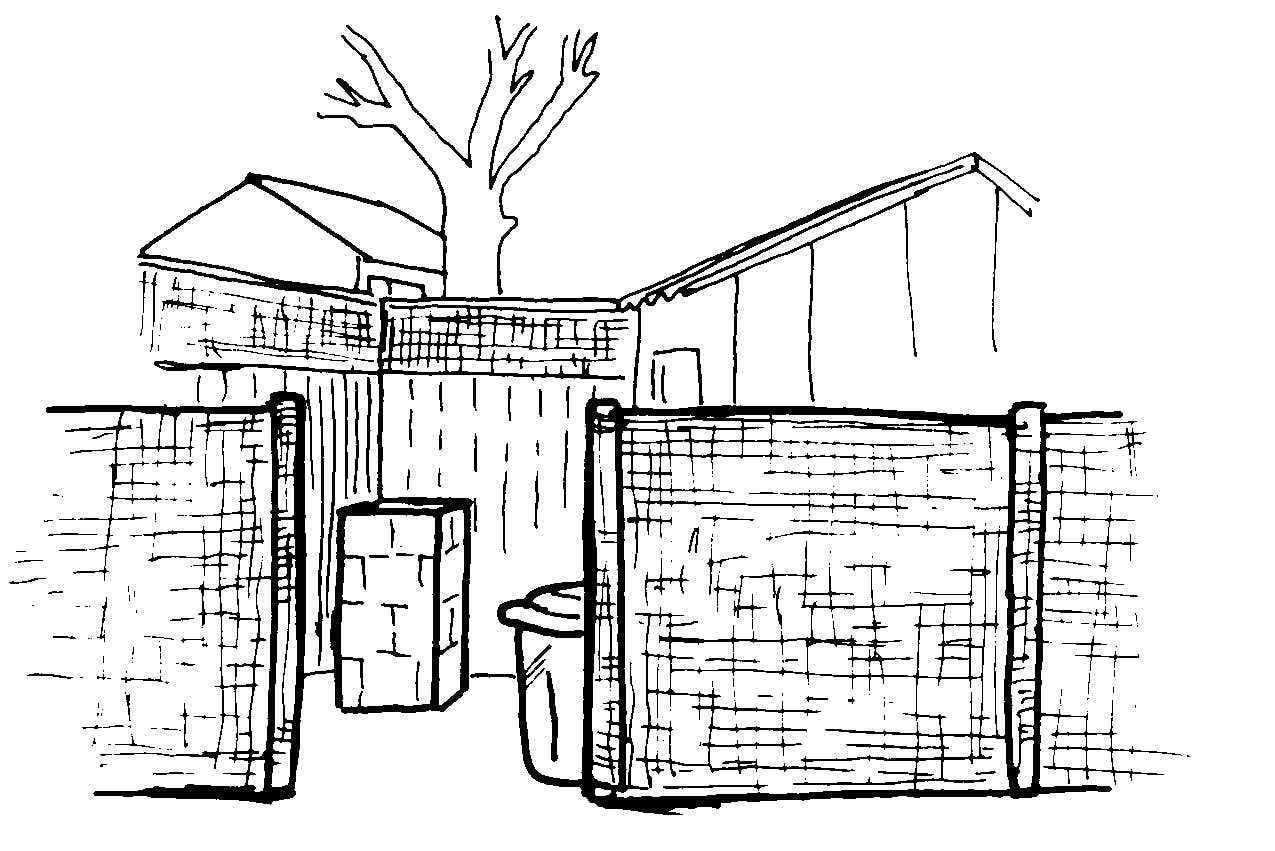

Birdcage
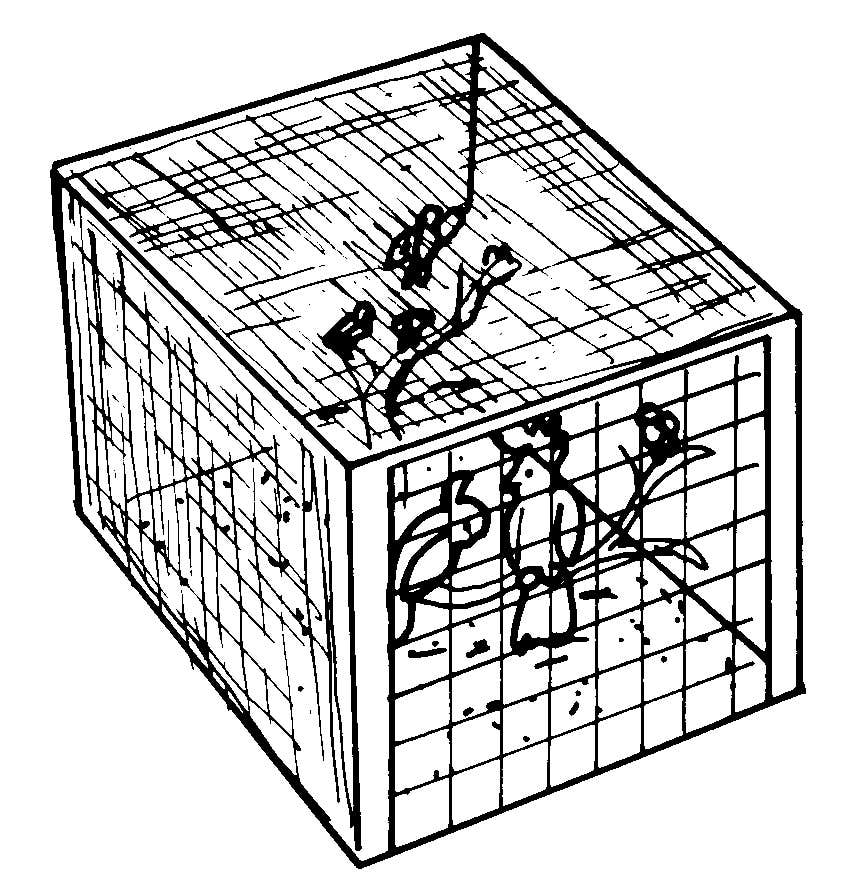

Caravan
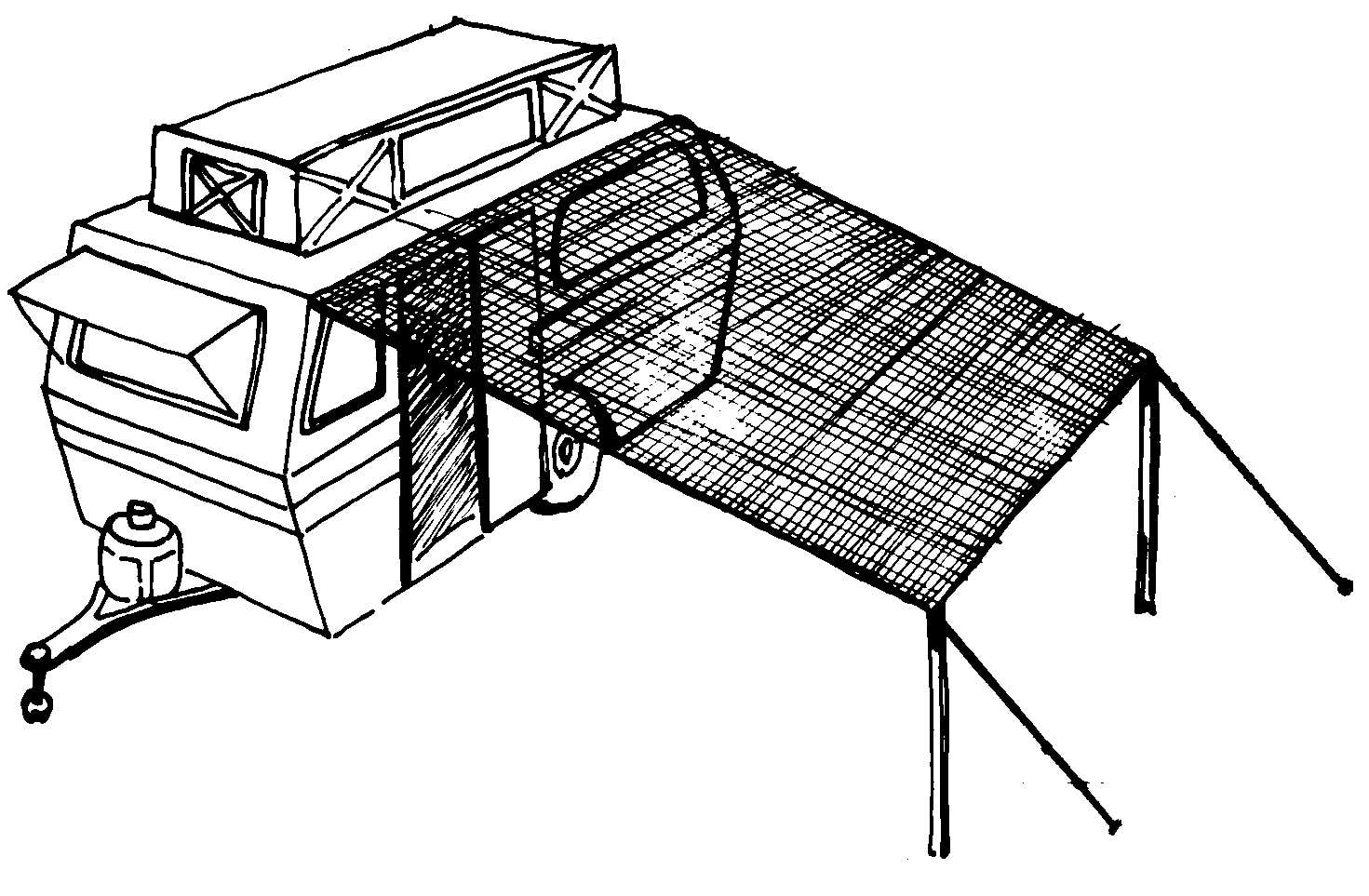

Small Tree
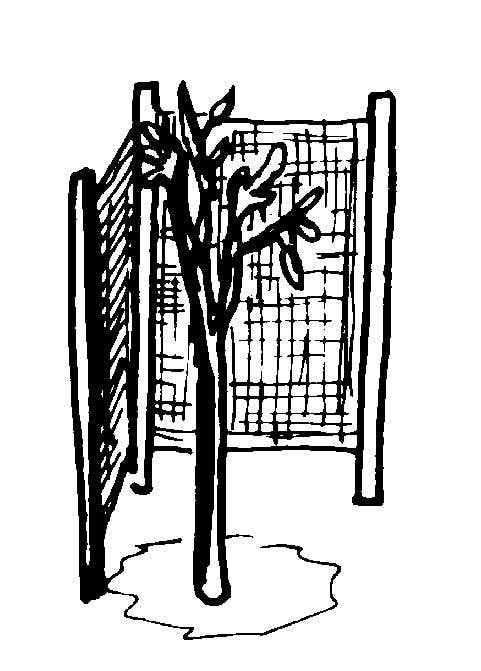

Let your creativity lead the way in using shade cloth to enhance your outdoor spaces in practical and stylish ways.
By installing shade cloth, you not only protect your outdoor spaces but also add an element of style. Follow these steps to easily install shade cloth and enjoy a more comfortable, functional garden area.


